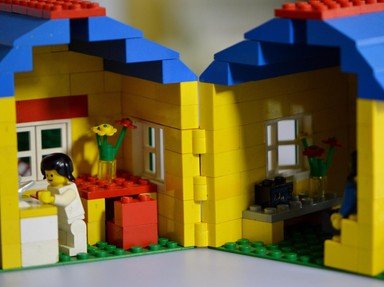Quiz Answer Key and Fun Facts
1. Before the toy, Play-Doh, was introduced to the public in the 1950s, for what was an earlier form of its contents once used?
2. What was the Magic 8-ball toy used for in the 1950s?
3. Are hula hoops for adults and children the same size?
4. What was the first major sales product that led to the birth of Matchbox Toys?
5. What name was given to the toy, that, when pushed or pulled, had coloured balls popping about inside it?
6. Although a form of this toy had been around for quite some years prior, which flying and skimming toy went on the market under its very familiar name in 1957?
7. The famous toy figurines "Little People" began in 1950 with which "alarming" vehicle?
8. Is it true that a toy was sold, shortly following World War II, that came with radioactive material?
9. How did the two major components of the toy, Colorforms, remain miraculously attached together?
10. Distributed by Hasbro in 1952, surely this toy is an Irishman's delight. What do you think it is?
Source: Author
Creedy
This quiz was reviewed by FunTrivia editor
WesleyCrusher before going online.
Any errors found in FunTrivia content are routinely corrected through our feedback system.
